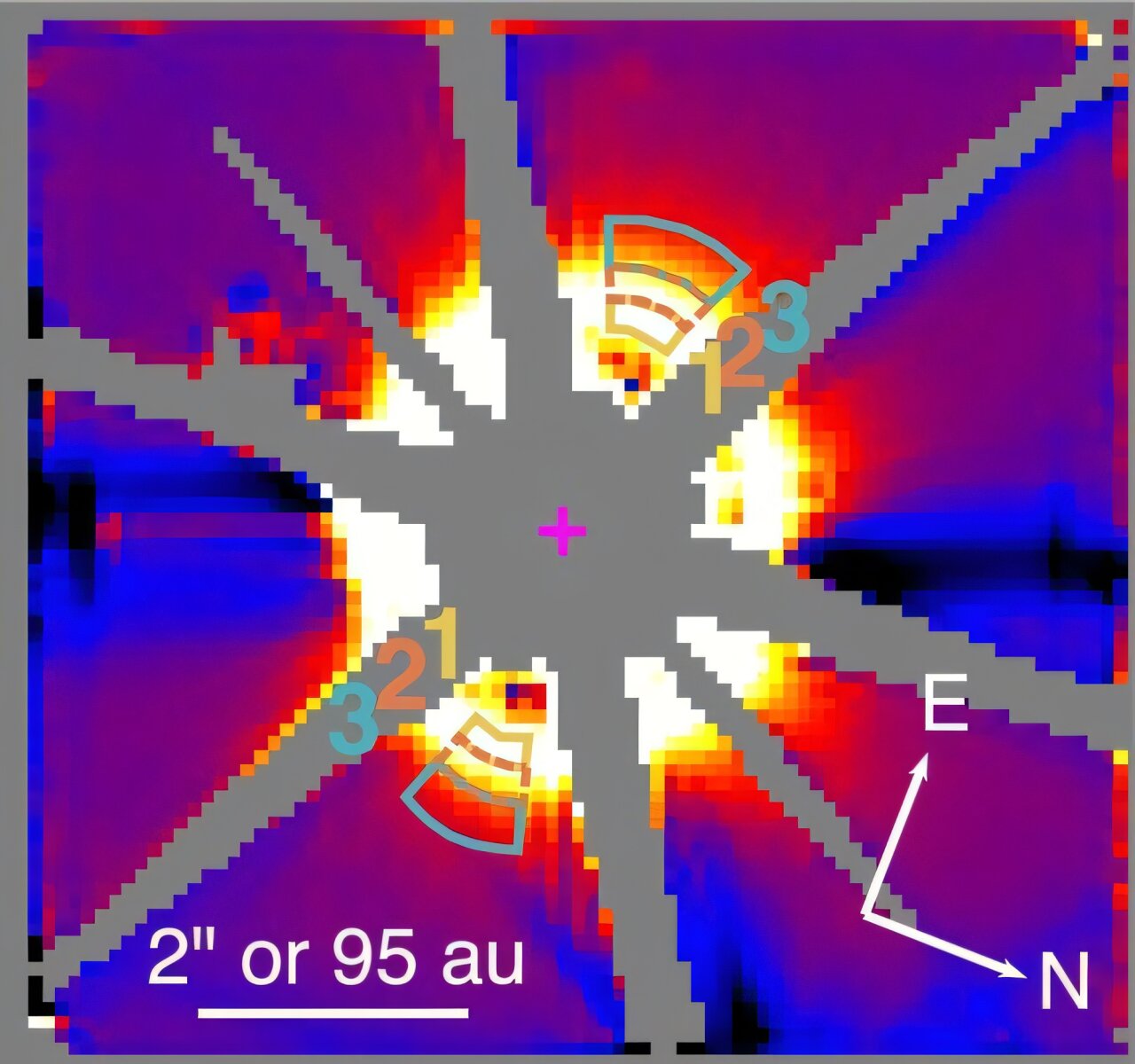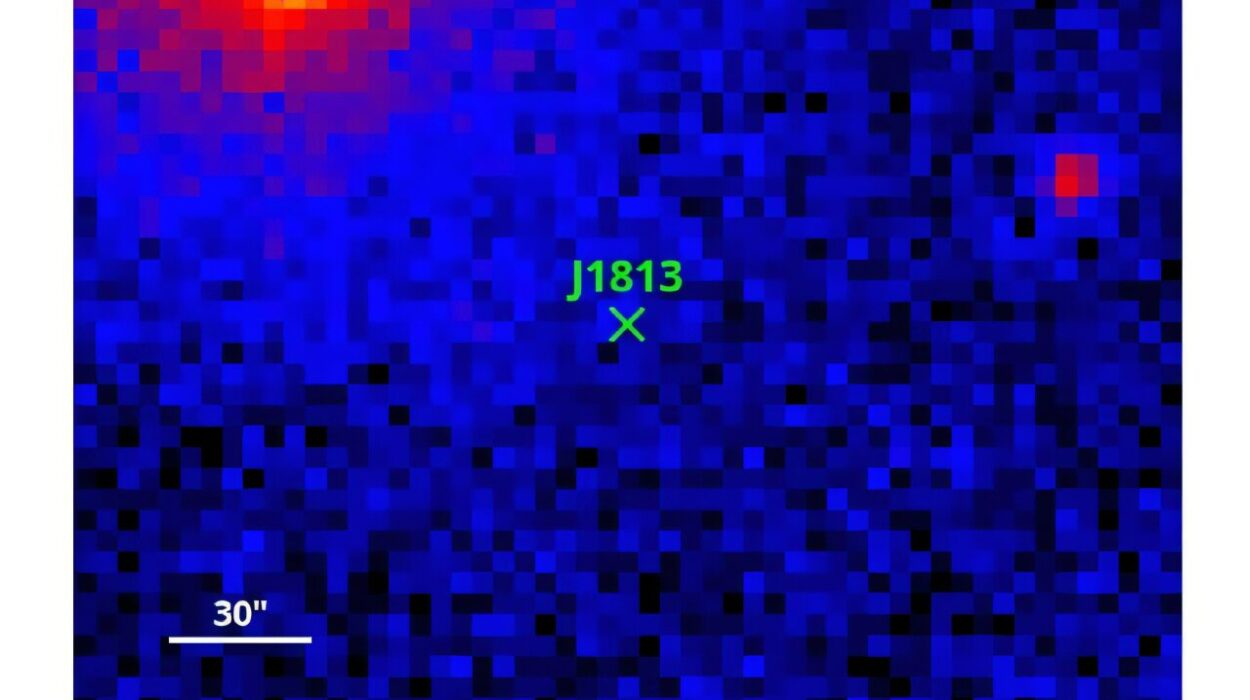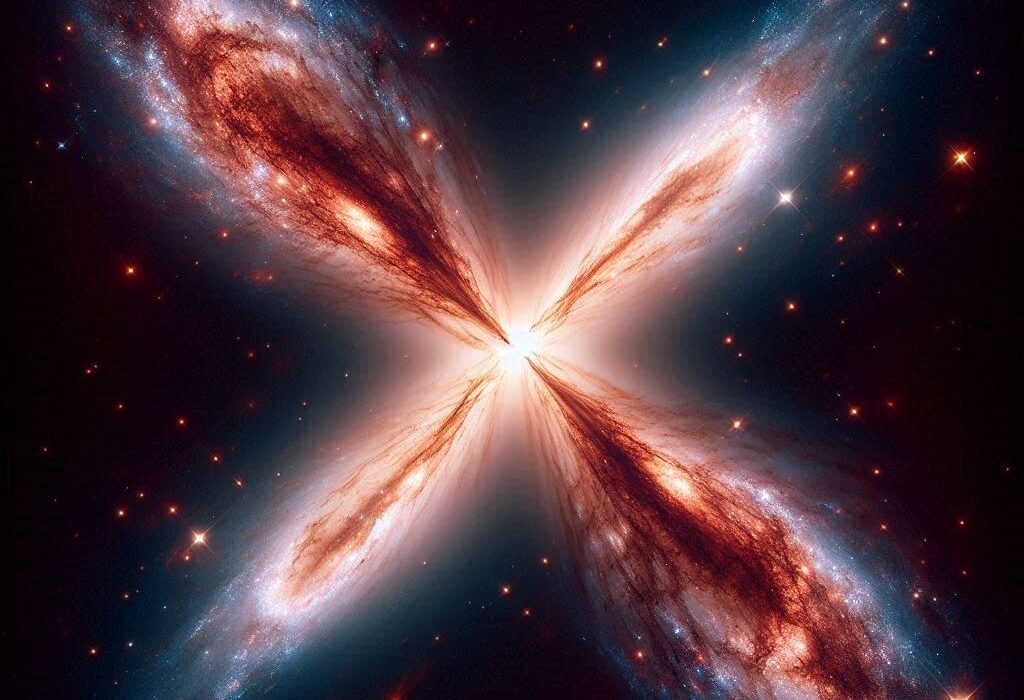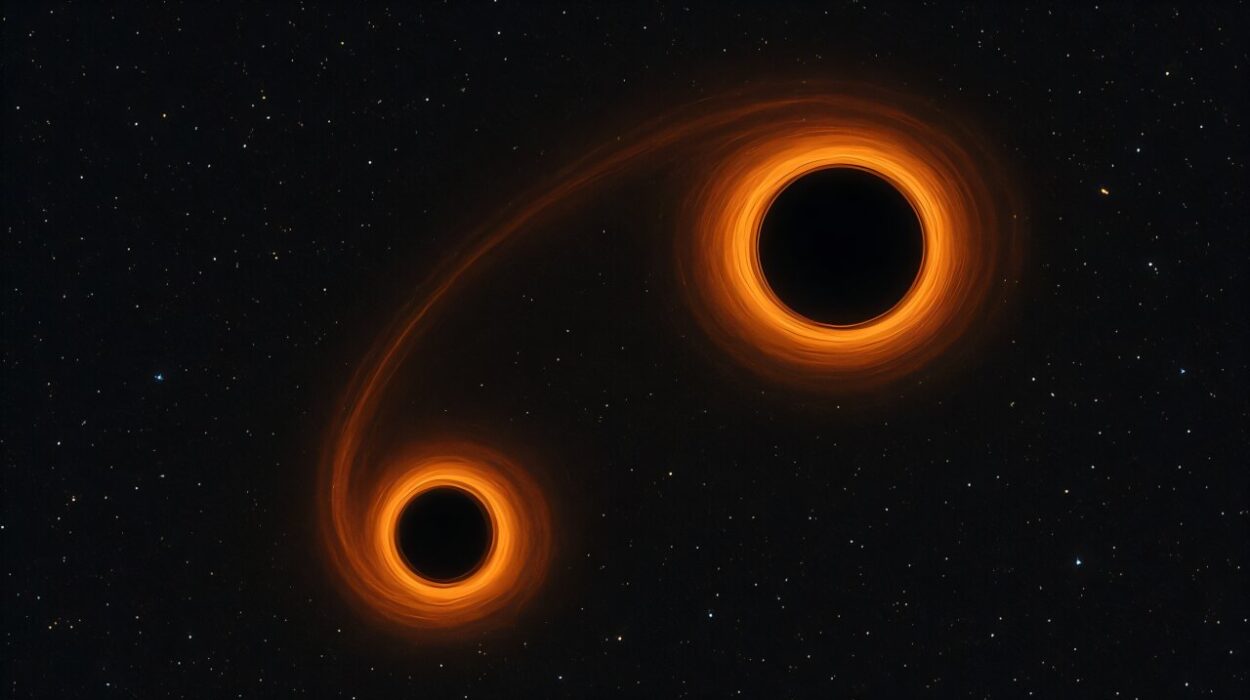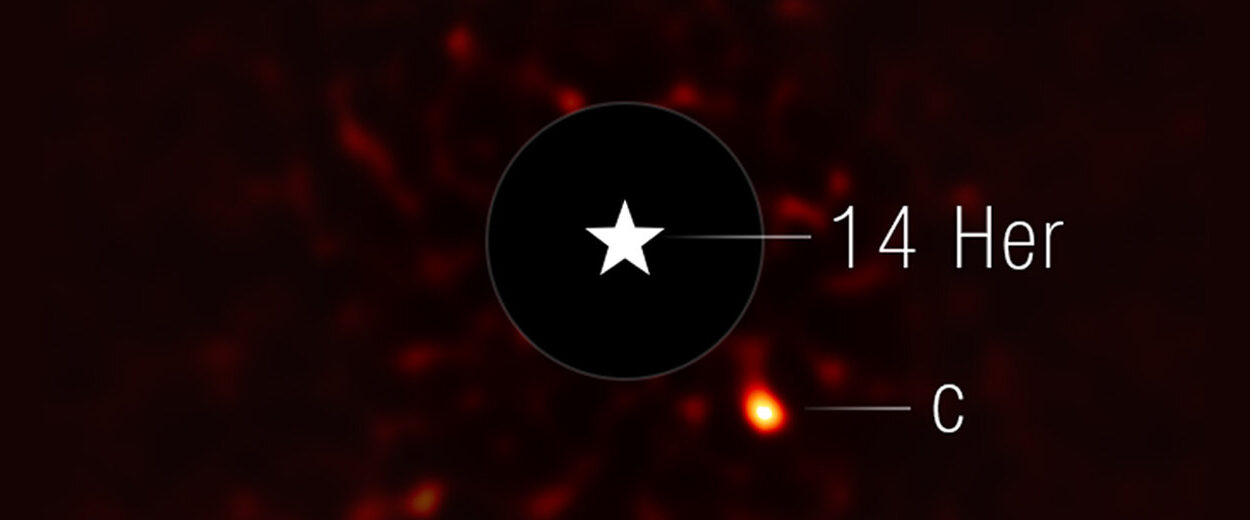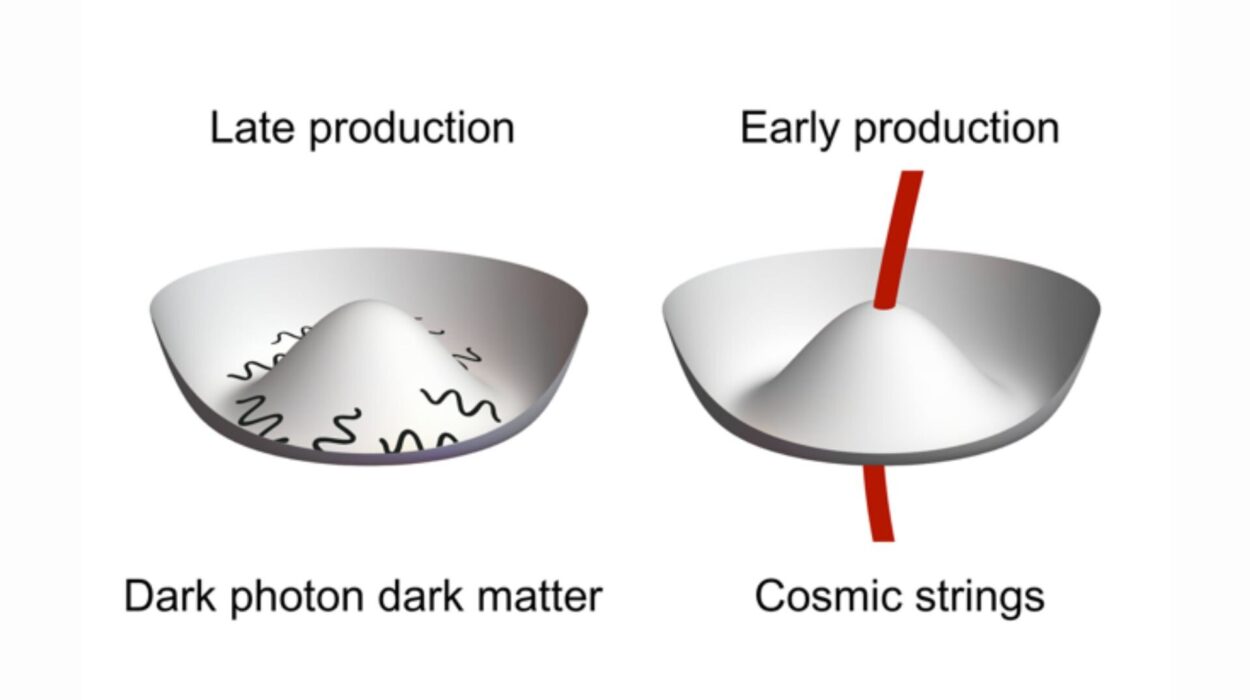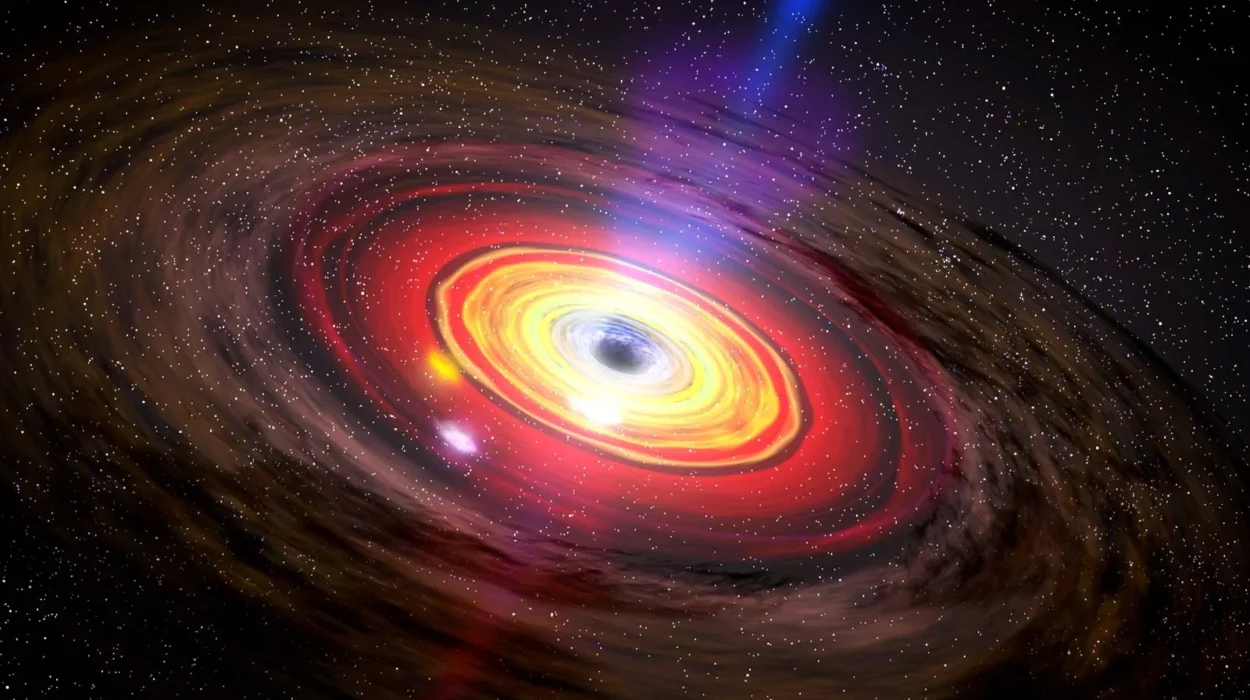In a universe of blazing stars and searing galaxies, it’s easy to forget that some of the most significant ingredients for life hide in the cold. Water, the molecule that cradles biology on Earth, is not forged in fire—but discovered in the chill, in the icy outskirts of planetary nurseries and the frozen tails of comets. And now, thanks to the astonishing capabilities of the James Webb Space Telescope (JWST), astronomers have caught one of the clearest glimpses yet of this vital molecule in an extrasolar system—embedded in the dusty rubble left over from planet formation.
On May 14, 2025, a study published in Nature sent ripples through the astrophysics community. Led by Chen Xie of Johns Hopkins University, a team of astronomers announced the first definitive detection of water ice in a debris disk outside our solar system—around a young, nearby star known as HD 181327, located about 155.5 light years from Earth.
For decades, scientists have hunted for this elusive signature beyond our own Kuiper Belt. Now, they’ve found it—glinting through the icy grains orbiting a young star still sculpting its planetary future.
A Debris Disk Rich in Clues
HD 181327 is a relatively young star—just 18.5 million years old—belonging to the class of F-type stars that are slightly larger and hotter than our Sun. What makes it intriguing isn’t just its age, but its circumstellar debris disk—a vast, dusty ring of shattered rock and ice that extends far into space.
Debris disks are the archaeological layers of planetary systems. They contain the remnants of formation: broken-up asteroids, icy bodies, and dust particles set in motion by gravitational choreography. In our solar system, the Kuiper Belt—a collection of icy bodies beyond Neptune—is the closest analog. HD 181327’s disk, stretching from roughly 84 to 109 astronomical units (AU) from the star (for comparison, Pluto orbits at ~39 AU), is a snapshot of early planetary evolution frozen in time.
Astronomers had long suspected that this disk might harbor icy bodies, given its resemblance to our own Kuiper Belt and prior hints of volatile-rich material. But suspicion is not proof. It took JWST to provide the decisive evidence.
JWST and the Spectral Fingerprint of Ice
The breakthrough came through JWST’s Near-Infrared Spectrograph (NIRSpec)—a precision instrument capable of capturing faint signatures in infrared light. Infrared astronomy is particularly well-suited to detecting water because water molecules absorb light in specific wavelengths that leave characteristic imprints on the spectrum.
In the case of HD 181327, the team observed a broad dip in the reflectance spectrum between 2.7 and 3.4 microns, consistent with the known absorption feature of water ice near 3 microns. But even more compelling was a sharp, narrow peak at 3.1 microns—known as the Fresnel peak—which arises from crystalline water ice.
This Fresnel peak isn’t just a spectral signature; it’s a revelation. It suggests the presence of large, millimeter-sized grains of crystalline water ice—akin to those found in Saturn’s rings and among objects in the Kuiper Belt. The structure of the ice is such that light refracts and reflects in a unique way, creating this telltale peak. It’s a kind of celestial fingerprint.
Frozen Architects of Planetary Systems
What’s truly exciting is what this detection implies. Water ice is more than just frozen H₂O—it’s a key architectural ingredient for building planetary systems. It sticks grains of dust together, initiates the coagulation that can lead to planetesimals, and ultimately delivers water to rocky planets. On Earth, the leading theory is that water was delivered by comets and asteroids early in its history. Could the same story be playing out 155 light years away?
In the disk of HD 181327, water ice appears to account for about 13.9% of the mass in the outer region, which is comparable to the icy composition of comets in our solar system. Moreover, the disk isn’t static. It’s alive with micron-sized icy particles being continuously created and destroyed—a sign of active collisions among planetesimals.
These aren’t just ice cubes drifting in the dark. They are the raw material of worlds.
More Than Water: A Complex Chemistry
The study didn’t stop at water. It also detected iron sulfide and olivine—minerals commonly found in meteorites and comets. Iron sulfide is a component in primitive solar system materials, known from micrometeorites and interplanetary dust particles. Olivine, a silicate mineral, is ubiquitous in protoplanetary disks and is often seen in infrared observations of young stars.
These findings point to a complex and varied chemistry—reminiscent of the early solar system. In essence, JWST is giving us the ability to look back in time, not just into our own cosmic past, but into the parallel histories of other planetary systems taking shape.
Why This Discovery Matters
For years, astronomers have speculated about the role of water in the broader galaxy. They have found water vapor in gas-rich protoplanetary disks, in the atmospheres of exoplanets, and even in star-forming regions. But until now, direct confirmation of solid water ice in a debris disk—an older, gas-poor phase of planetary evolution—had remained elusive.
This discovery fills a critical gap in our understanding of how water migrates, survives, and shapes worlds beyond our own. It suggests that water is not only abundant in the early, gaseous phases of star and planet formation but persists into later stages—available to potentially seed forming planets long after the primordial dust has cleared.
It also strengthens the idea that icy comets and planetesimals may be a universal delivery system for water—raising tantalizing questions about the prevalence of habitable worlds.
The JWST Revolution is Just Beginning
This is just the beginning of what JWST is capable of. The telescope, launched in December 2021 and positioned nearly a million miles from Earth, is a revolution in itself. Its unprecedented infrared sensitivity allows it to probe the hidden corners of cosmic architecture—peering into the cold, distant, and dusty regions where stars and planets take shape.
Already, JWST has observed the atmospheres of exoplanets, discovered some of the most distant galaxies ever seen, and now, with HD 181327, uncovered the icy footprints of water in an alien solar system.
Each new observation is like turning another page in a universal storybook—one that connects the birth of stars, the formation of planets, and the potential for life.
A Future Written in Ice and Dust
What we now know about HD 181327 is profound: it is not merely a young star with a dusty halo—it is a laboratory of cosmic processes, a mirror of our own solar system’s youth, and a beacon of possibility. In its icy particles, we see echoes of the same forces that once sculpted Earth, delivered its oceans, and perhaps, ignited the conditions for life.
And thanks to JWST, the darkness between stars is becoming less opaque. Hidden in its shadows are frozen promises—water-rich worlds in formation, waiting to be discovered, studied, and perhaps one day, visited.
The universe, it seems, may be wetter—and more welcoming—than we ever imagined.
Reference: Chen Xie et al, Water Ice in the Exo-Kuiper Belt Around HD 181327, Nature (2025). DOI: 10.1038/s41586-025-08920-4. On arXiv: DOI: 10.48550/arxiv.2505.08863
